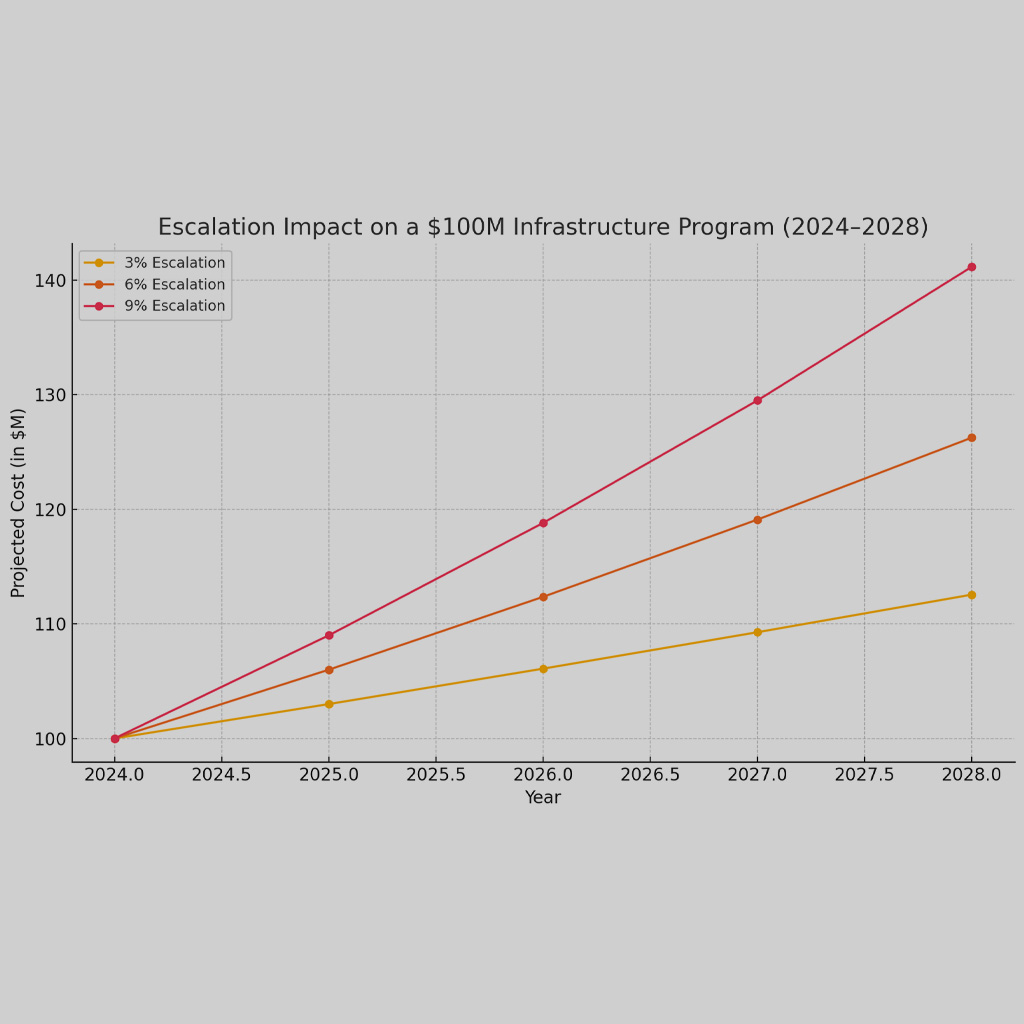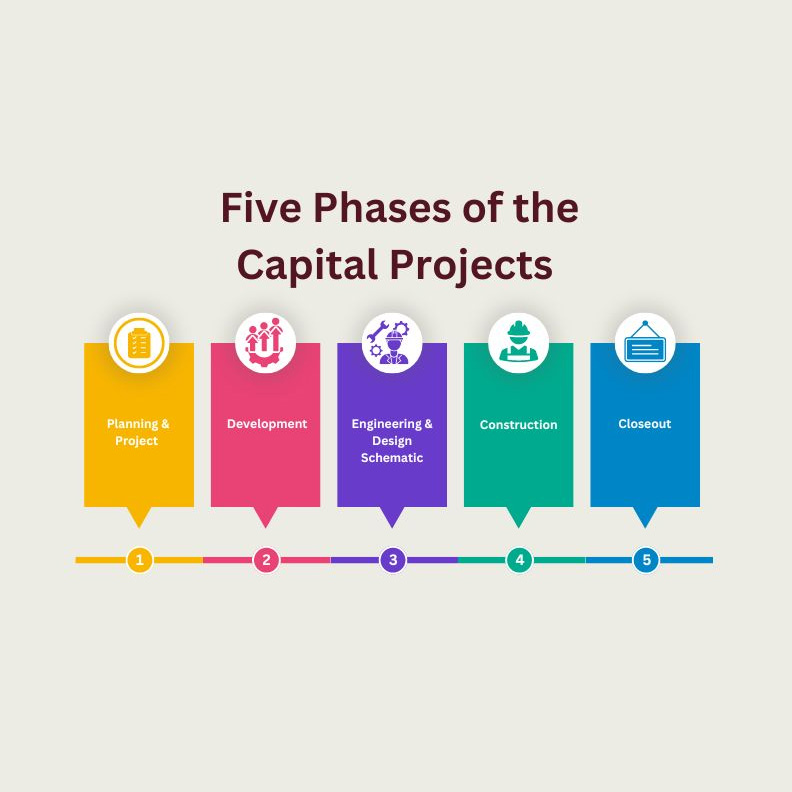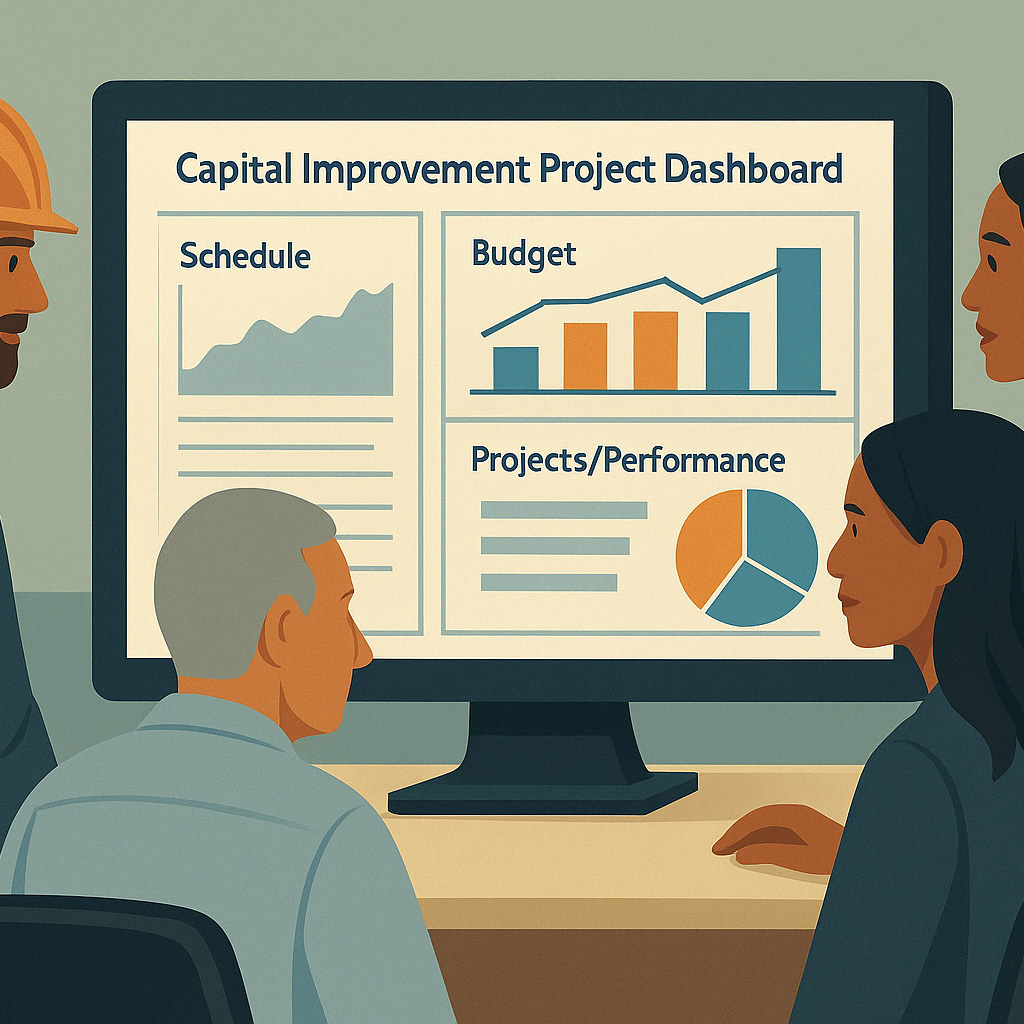In a previous article we discussed the “Benefits of Creating a Rating System for Project Managers, Engineers, and Contractors for Capital Infrastructure Programs”. It was noted that the Texas city of San Antonio has already created a law that allows the city to deny awards to contractors who did not meet expectations, even if they came in with the lowest bid. The first argument in that article stated that creating a rating system helps to streamline the project selection process, that is selecting the proper project managers, contractors, engineers, etc. We will elaborate that point in this article.
In the realm of capital infrastructure programs, the project selection process holds immense importance. It serves as the foundation for successful project execution, ensuring that qualified professionals are entrusted with crucial tasks. To optimize this process, streamline decision-making, and minimize risks, the implementation of a rating system is paramount. This article explores how a rating system can significantly enhance the project selection process, leading to improved efficiency, reduced delays, and ultimately, successful project outcomes.
Introduction
Capital infrastructure projects require careful planning, coordination, and execution to deliver optimal results. One of the critical steps in this journey is the project selection process. Traditionally, this process relied heavily on subjective assessments and limited information, which posed risks and hindered the potential for success. However, the introduction of a rating system revolutionizes this approach, offering a structured and objective framework for evaluating potential contractors and engineers.
The Significance of the Project Selection Process
The project selection process serves as the gateway to successful project delivery. It involves identifying capable professionals who possess the necessary expertise, track record, and resources to execute the project effectively. By streamlining this process, organizations can identify the most qualified individuals or teams and ensure that projects are in capable hands from the outset.
The Role of a Rating System
A rating system acts as a powerful tool within the project selection process. It provides a standardized approach for assessing and comparing the capabilities of potential contractors and engineers. This system evaluates various factors, including qualifications, experience, technical skills, past performance, and client feedback. By using predefined criteria, the rating system eliminates ambiguity and subjectivity, enabling project managers to make informed decisions.
Evaluating Capabilities and Track Records
With a rating system in place, project managers gain a comprehensive understanding of the capabilities and track records of potential contractors and engineers. This assessment process goes beyond a surface-level evaluation, delving into the specific expertise, specialized knowledge, and relevant experience of each candidate. By examining their portfolios and past projects, project managers can identify the most suitable professionals to spearhead the current project.
Minimizing Risks of Poor Performance and Delays
One of the primary benefits of a rating system is its ability to minimize risks associated with poor performance and project delays. Through a structured evaluation process, project managers can identify professionals who have consistently delivered high-quality work within specified timelines. By choosing contractors and engineers with proven track records, the chances of encountering performance issues or project setbacks are significantly reduced.
Enhancing Decision-Making Processes
Effective decision-making is crucial throughout the project lifecycle. A rating system plays a vital role in this regard by providing project managers with comprehensive and objective data to support their decisions. By considering the ratings and evaluations of potential contractors and engineers, project managers can make informed choices when selecting the most suitable professionals for the project. This leads to more effective decision-making, reducing the likelihood of errors or mismatches in project assignments.
Conclusion
The implementation of a rating system within the project selection process for capital infrastructure programs brings numerous benefits. It streamlines the evaluation of contractors and engineers, ensuring that only qualified professionals are entrusted with important projects. By evaluating capabilities, minimizing risks of poor performance and delays, facilitating efficient resource allocation, and enhancing decision-making processes, the rating system significantly improves project outcomes.
By adopting this structured and objective approach, municipalities and independent school districts can enhance the efficiency, effectiveness, and success of their capital infrastructure projects. The rating system serves as a valuable tool in identifying the most qualified professionals who can contribute to projects being completed on time, within budget, and to client expectations.
At Front Line Advisory Group, we provide program management consulting services for capital improvement bonds. We are revolutionizing the construction industry and transforming client expectations by obsessing over the basics of budget oversight, schedule enforcement, compliance, vendor management, and stakeholder communication. Contact us for more info at info@frontlineadvisorygroup.com.
FAQs
How does a rating system benefit the project selection process?
A rating system provides a standardized and objective framework for evaluating potential contractors and engineers, enabling informed decision-making.
What factors are typically considered in a rating system?
A rating system evaluates qualifications, experience, technical skills, past performance, and client feedback of contractors and engineers.
How does a rating system minimize risks in project execution?
By selecting professionals with proven track records, a rating system reduces the risks of poor performance and project delays.
Can a rating system help in efficient resource allocation?
Yes, a rating system provides insights into the availability, capacity, and resource management capabilities of potential contractors and engineers, ensuring optimal resource allocation.
How does a rating system enhance collaboration among project stakeholders?
A rating system assesses the communication skills, teamwork abilities, and past experiences of potential contractors and engineers, promoting effective collaboration among project stakeholders.













